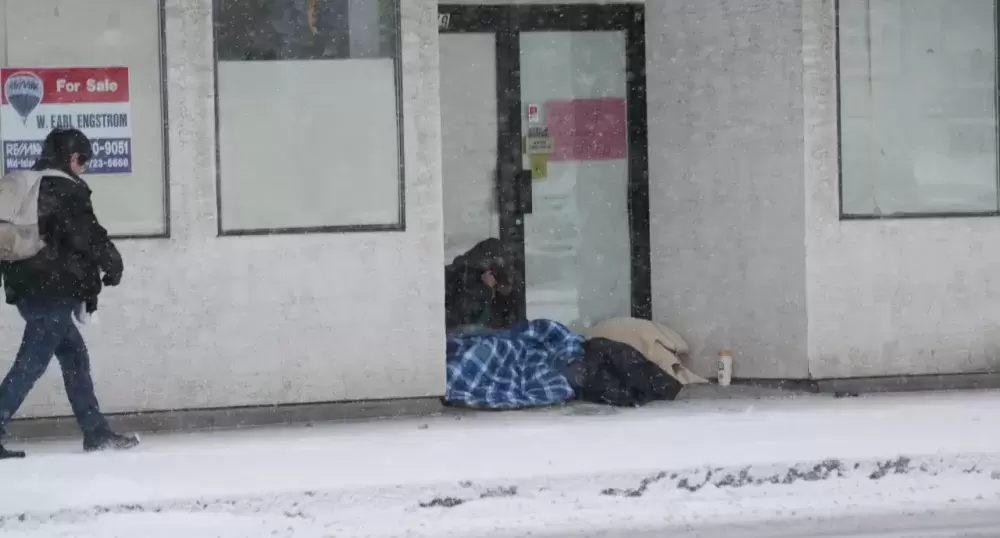The provincial government is embarking on a homeless count in 16 communities around British Columbia. The goal is to produce accurate, up-to-date data that will guide B.C.’s Homelessness Action Plan and provide a baseline to measure progress.
Funded by the provincial government and BC Homeless Services Association, the homeless count will begin April 7, two years after the last count in Port Alberni.
According to Port Alberni Shelter Society Executive Director Wes Hewitt, the city is one of two communities selected for extended counts. In Port Alberni, that means that an additional counting process will take place over five days sometime in April. The extended count will give the province and service providers much more accurate information about the homeless situation in the valley.
Marcie DeWitt has been contracted by BC Homeless Services Association to coordinate Port Alberni’s homeless count. The transient nature of individuals in the homeless community makes doing a simple head count difficult, if not impossible.
DeWitt told Ha-Shilth-Sa that the province has developed a method for performing the counts to get the best, most uniform information. One example is the point-in-time count where homeless persons in a given community are counted during a 24-hour period. Starting in the evening, volunteers visit places homeless people tend to go. They may be at various shelters in the community or places like police cells.
“During the day it’s boots on the ground where volunteers walk the streets or drive to where the homeless go. They will distribute surveys to drop sites, places the homeless go,” said DeWitt.
In 2018 there were twelve drop sites in Port Alberni, including the Bread of Life, Port Alberni Friendship Centre and Quu’asa.
Finally, there will be a magnet event designed to draw people in. In 2018 the PAFC hosted such an event through a wellness fair followed by a community dinner.
“We propose a similar approach this year,” said DeWitt, but said that plans haven’t been confirmed yet.
The event is not simply a head count. According to DeWitt, it involves a survey that generates information used to inform policy and to secure funding for projects.
In 2018 the count revealed that there were 147 people who identified as experiencing homelessness. Most of those surveyed, 82 per cent, said they were homeless because rent was too high. More than half said their income was too low and 46 per cent said there was no suitable housing.
Of the homeless who were surveyed, 76 per cent received disability benefits or income assistance as their primary source of funds. A few, 35 per cent, indicated they were employed anywhere from full time to part-time to informal jobs.
Fifty-eight per cent of Port Alberni’s homeless population in 2018 reported two or more health conditions, which might include addiction, mental illness, physical disability or a medical condition.
Nearly half of the people surveyed in Port Alberni in 2018 identified as Indigenous. Nearly one third said they had been in foster care or something similar.
The 2020 Point in Time Count is set to begin April 7 in Port Alberni. In addition, the Alberni Valley will also be participating in an extended count which will allow for five more days of surveying at identified and participating drop sites.
Volunteers will be needed to carry out the homeless count. Volunteer recruitment has begun and training will likely start in early April.
The following communities are included in the homeless count: Campbell River, Comox Valley, Cranbrook (also doing extended count), Fort St. John, Merritt, Parksville/Qualicum Beach, Penticton, Port Alberni, Prince Rupert, Sechelt/Gibsons, Smithers and Williams Lake.







